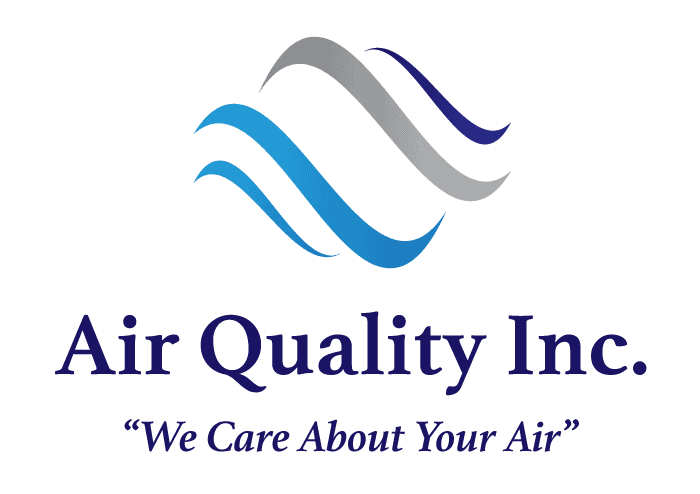The quality of the air we breathe inside our homes often goes unnoticed, despite its substantial impact on our health and well-being. According to the Environmental Protection Agency, indoor pollutants can be two to five times higher than outdoor levels. Therefore, enhancing your home’s indoor air quality is not just beneficial—it’s essential. This detailed guide will arm you with numerous practical strategies to ensure the air in your home is as fresh, clean, and healthy as possible.
Understanding Indoor Air Quality
Indoor Air Quality (IAQ) pertains to the air quality within buildings, especially as it relates to the health and comfort of building occupants. IAQ can be affected by various factors such as the concentration of indoor pollutants, humidity levels, and ventilation adequacy. Poor IAQ can result in immediate adverse health effects like eye, nose, and throat irritation, headaches, dizziness, and fatigue.
Long-term exposure can even lead to chronic health conditions like respiratory diseases, heart disease, and cancer. Now, let’s delve into concrete ways to enhance your home’s indoor air quality.
Enhancing Ventilation
Increasing ventilation in your home is one of the most effective methods to boost indoor air quality. Here are a few ways you can do this:
- Open Your Windows: This is the simplest way to enhance ventilation. Opening windows allows fresh air to circulate and dilute indoor pollutants.
- Use Exhaust Fans: Ensure to use exhaust fans in your kitchen and bathrooms to remove contaminants directly from these rooms during activities such as cooking or bathing.
- Consider an Air Exchanger: If you live in extreme climates where opening windows isn’t always feasible, consider installing an air exchanger (also known as a Heat Recovery Ventilator). These systems exchange stale indoor air for an equal amount of fresh outdoor air.
Regulating Humidity Levels
Maintaining a balanced indoor humidity level helps prevent the growth of mold and dust mites, both of which can adversely impact your indoor air quality. Aim to keep humidity levels around 30%-50% by:
- Using a Dehumidifier: Dehumidifiers can help reduce moisture in indoor air and effectively control allergens.
- Ventilating Your Home: Proper ventilation, especially in high-moisture areas like the bathroom, helps keep humidity in check.
- Houseplants: Many common houseplants, like Boston ferns and peace lilies, can absorb excess moisture from the air.
Regular Cleaning
Regular cleaning can greatly improve your indoor air quality by reducing dust particles and pet dander:
- Vacuum Regularly: Use a vacuum with a HEPA filter for best results, as these filters can trap a large number of very small particles that other vacuum cleaners can’t.
- Dust Your Home: Use a damp or microfiber cloth to dust surfaces and prevent particles from becoming airborne.
- Clean Your Bedding and Rugs: Fabrics can trap allergens, so it’s important to clean items like curtains, rugs, and beddings regularly.
Minimizing Indoor Pollutants
Reducing the source of pollutants can significantly improve your home’s air quality:
- Avoid Smoking Indoors: Tobacco smoke contains more than 4,000 chemicals and is a common source of indoor pollution.
- Choose Natural Cleaning Products: Many household cleaning products contain volatile organic compounds (VOCs) that can exacerbate health problems.
- Maintain Your HVAC System: Regular maintenance of your heating, ventilation, and air conditioning system will ensure it’s not circulating pollutants throughout your home.
Indoor Air Filtration
Air cleaners range from inexpensive tabletop models to sophisticated whole-house systems, and they can further improve indoor air quality:
- Use Air Purifiers: These devices help reduce indoor pollutants, including those that cause allergies.
- Consider a HEPA Filter: High Efficiency Particulate Air (HEPA) filters are mechanically designed to remove at least 99.97% of dust, pollen, mold, bacteria, and airborne particles.
Good Indoor Air Quality is Possible
Improving your home’s indoor air quality requires a proactive, multifaceted approach that involves enhancing ventilation, regulating humidity levels, regular cleaning, minimizing pollutants, and considering air filtration. By adopting these strategies, you can make your home a sanctuary of clean, fresh air, contributing significantly to the health and well-being of all its occupants.
If you’re interested in an indoor air quality test, let us know!




